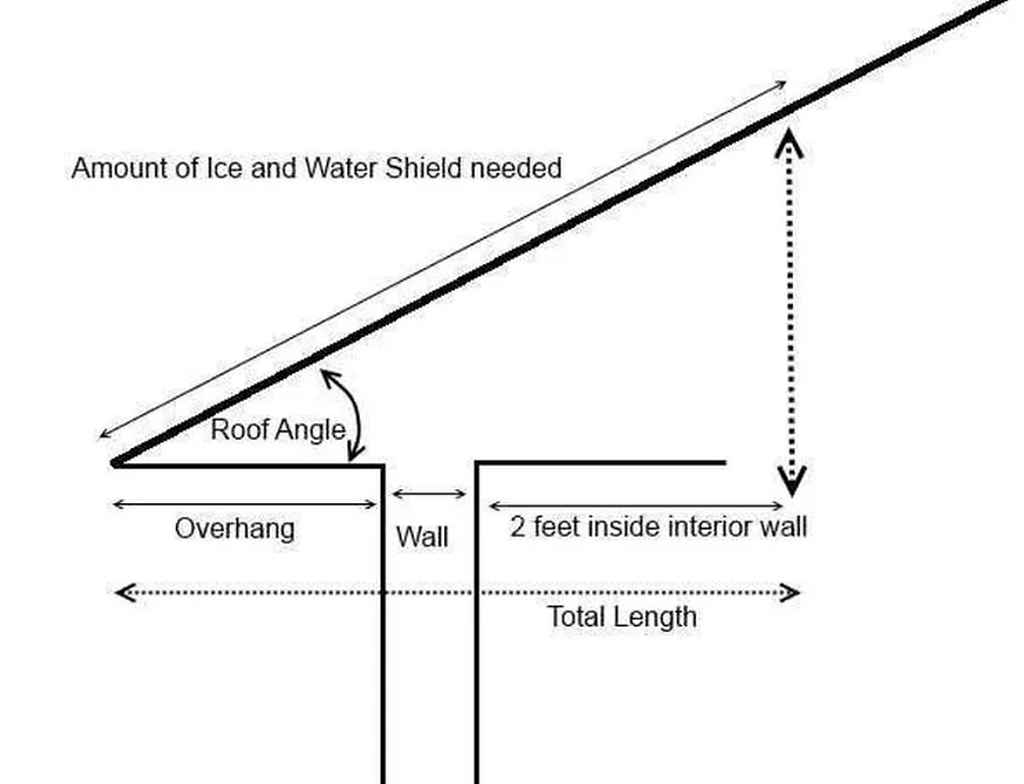If you’re going to have a roof replaced you should take some time to do a bit of research about ice & water shield. Owens Corning WeatherLock® Flex for example is a Flexible Self-Sealing Ice & Water Barrier that provides excellent roof deck protection against water infiltration resulting from the freeze/thaw cycle, wind-driven rains and normal water flow around eaves, rakes, valleys, vents, chimneys and skylights.
In Massachusetts it’s actually mandated by the building code that you have a certain amount of it on every roof. Massachusetts building codes require roofers to install ice & water shield beginning at the edge of the overhang/eave and extending at least 2-feet past the inside of the interior wall.
Now since ice & water shield comes in rolls 3 feet wide, generally one course isn’t enough. That’s why the vast majority of Beantown roofs end up with 6-foot minimum of ice & water shield along their overhangs if not more!
Now, this is where 99% of all roofers get it wrong. From having been in many continuing education classes myself to renew my Construction Supervisor’s License (CSL), I can tell you that many roofers think that only 3′ or 6′ is required. They have no idea of the actual code dictating the “2-feet past the inside wall”, which with a large front porch and 8′ soffit overhang, could well be over 12′ of ice & water shield!
The below diagram helps outline exactly how to determine how much ice & water shield is needed on any given roof above 4/12 pitch. Note: on roofs with a pitch lower than 4/12 but greater than 2/12, this requirement changes and the roof must entirely be covered with ice & water shield before asphalt shingles can be applied.

2015 International Residential Code (IRC)
R905.1.2 Ice Barriers
In areas where there has been a history of ice forming along the eaves causing a backup of water as designated in Table R301.2(1), an ice barrier shall be installed for asphalt shingles, metal roof shingles, mineral-surfaced roll roofing, slate and slate-type shingles, wood shingles and wood shakes. The ice barrier shall consist of not fewer than two layers of underlayment cemented together, or a self-adhering polymer-modified bitumen sheet shall be used in place of normal underlayment and extend from the lowest edges of all roof surfaces to a point not less than 24 inches (610 mm) inside the exterior wall line of the building.
Be in the know when looking for a knowledgeable roofer, or better yet just call Beantown Home Improvements!
